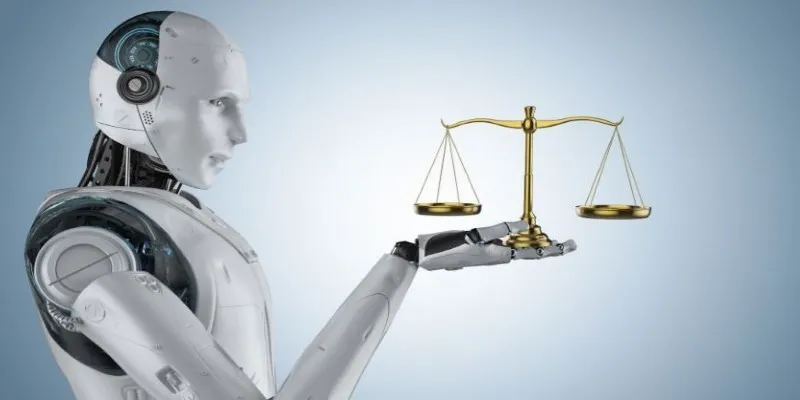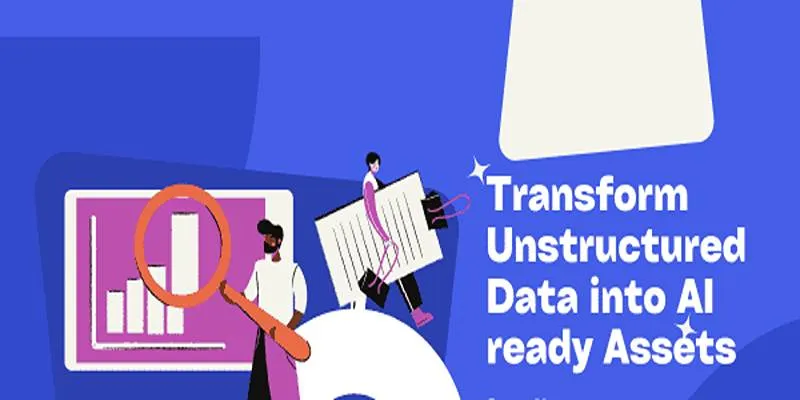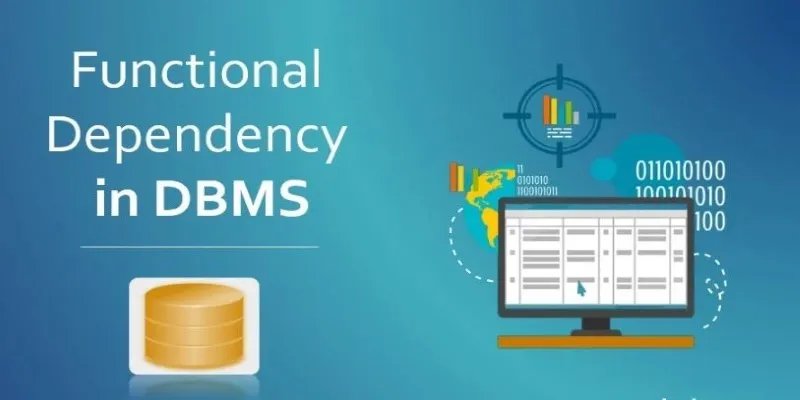Artificial Intelligence (AI) has seamlessly integrated into our daily lives, influencing decisions from ad targeting to virtual assistant responses. While often perceived as neutral, AI is susceptible to bias, a significant issue affecting technology’s functionality and benefits.
Bias in AI mirrors human behavior, history, and decision-making. Understanding its origins and reducing its impact is crucial for developing fair and responsible AI systems.
Where Does Bias in AI Come From?
Bias in AI doesn’t emerge spontaneously. Machines, unlike sentient beings, learn from human-generated data, which inherently contains flaws. AI systems trained on incomplete or biased datasets will produce skewed outcomes.
One primary source of AI bias is the dataset used for training. Consider an AI screening tool for job applications: if trained with data from a company with a history of favoring male applicants, the AI will learn and perpetuate this preference.
Bias also arises during problem framing. Developers, data scientists, and business executives bring their worldviews to AI development, influencing data selection and success metrics. A narrow perspective in this process results in biased AI systems.
Incomplete data can further introduce bias. A facial recognition system trained predominantly on lighter skin tones will struggle to identify individuals with darker skin, not due to poor technology, but due to an uncomprehensive training set.
Real-World Impact of AI Bias
Bias in AI has tangible, often harmful effects. In various industries, biased AI systems have raised significant fairness and accountability concerns.

Facial recognition technology exemplifies this issue. AI systems have misidentified individuals, especially from minority groups, leading to wrongful arrests. Similarly, AI in hiring has inadvertently favored certain demographics, excluding qualified candidates based on historical discrimination.
In healthcare, AI bias poses risks, with algorithms underestimating illness severity in underrepresented groups, resulting in delayed or improper treatment.
Once deployed, biased AI systems can exacerbate social inequalities. To build responsible, human-centered technology, understanding and mitigating bias is essential.
Causes and Mitigation Strategies for Bias in AI
Addressing AI bias begins with identifying its root causes: poorly curated datasets, limited development perspectives, and insufficient testing in diverse scenarios. Thankfully, effective mitigation strategies exist.

Enhancing data quality is crucial. AI training data should mirror real-world diversity, encompassing various groups, regions, and experiences. Where data is lacking, synthetic data generation can fill gaps.
Transparency is vital. Developers should document AI model training processes, data usage, and decision-making criteria, allowing for external review and accountability. Concealed AI processes hinder bias identification.
Diverse development teams contribute to successful mitigation. Involving individuals from different backgrounds prevents assumptions and blind spots that lead to AI bias.
Testing AI in real-world scenarios is essential. Before deployment, AI tools should be exposed to varied environments. For example, a voice assistant effective only in quiet urban settings may reveal hidden biases in noisy rural areas.
Continuous monitoring is critical. Bias in AI isn’t a one-time fix; as technology evolves, new biases can emerge. Regular audits ensure systems remain fair.
These strategies require ongoing commitment, aiming to minimize harm and improve outcomes rather than achieving perfection.
Conclusion
AI bias reflects human errors and limitations within technology, impacting decisions in hiring, healthcare, and finance. However, it’s not insurmountable. By understanding its causes and applying mitigation strategies, we can develop more equitable systems. Key to progress are better data, diverse teams, transparency, and continuous monitoring. AI should serve everyone equally, not just a select few. Addressing AI bias is essential for a future grounded in trust, responsibility, and ethical technology.
 zfn9
zfn9























